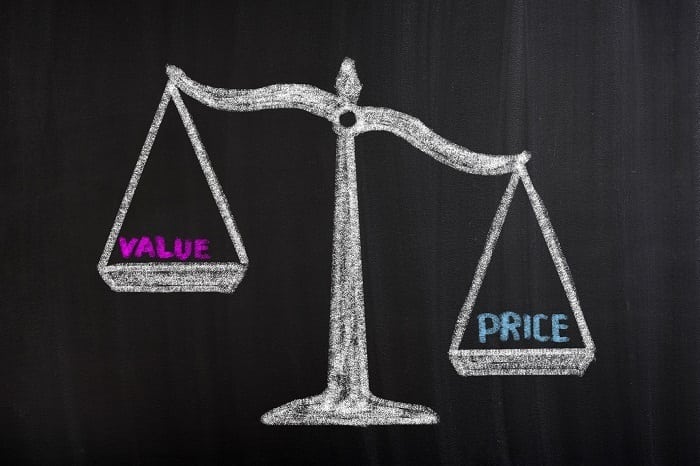You can buy the best business in the world and still pay too much for it. Many companies have been ‘given a pass’ in terms of what will happen in the future – a sense of expectation around their impending success without any particular guarantee of that success. In turn investors have assigned value to those companies that assumes that success – and this, coupled with a sense of optimism around the post-Covid recovery and record-low interest rates, have inflated asset prices to the point that some company stocks have rallied to levels that are extremely hard to justify.
Opportunistic approach
An opportunistic value investor will buy both out-of-favour, more traditional value stocks, and higher growing stocks at reasonable prices. Price is what you pay, value is what you get. So, you can pay too much for a fantastic company, and you can also have an asset of a lower quality, which the world is ignoring, priced at a level where it may be hard to lose money and potential exists to make a lot of money.
The stockmarket sets prices for companies and we decide if the price that is offered is good or bad, and whether it offers downside protection – that is to say, a reasonable margin of safety. And, because prices fluctuate more than underlying value of businesses, we are afforded periodic opportunities to buy stocks.
Value stocks have strongly outperformed the market since March and especially since the first vaccine announcement in November 2021. This makes traditional value stocks look far less interesting from a risk-reward perspective and, for our part, we have therefore selectively trimmed some positions and upgraded the quality of our equity book.
Price and value
Opportunity lies at the intersection of price and value. As the following chart illustrates, the most expensive part of the market as measured by price-to-sales is the most expensive it has ever been – even more so than during the internet bubble.

Deciles 1 to 9, while still more expensive than historically, still trade at big discounts to the most expensive 10th decile – which offers mostly relative opportunity, but some absolute opportunity as well.
Today, a lot has to go right for companies in 10th decile to earn equity-like rates of return. Some may do well, but the odds overall are stacked against investors and as a consequence, for our part, we do not own any of them. To understand why we say the odds are stacked against us, we can look at history going back as far as 1979. This shows that success is not guaranteed just because you have a growing business.
Of the top 1,000 companies – as measured by market cap – that had more than 10% earnings growth in a given year (between 1979 and 2020), 353 of these still had greater than 10% earnings growth a year later. Just 74 met these criteria three years later, meanwhile, and only 21 still fitted the description five years later.
This illustrates why, for these companies, we would generally assume the expected rate of return will be less than what the market thinks it might be. It is also why we spend more time in other deciles to find real value.
Everything has a price and one needs to understand exactly what that is in order to justify the owning, purchasing or selling of a position in a portfolio.
Steven Romick is the fund manager of the Nedgroup Investments Global Flexible Fund






